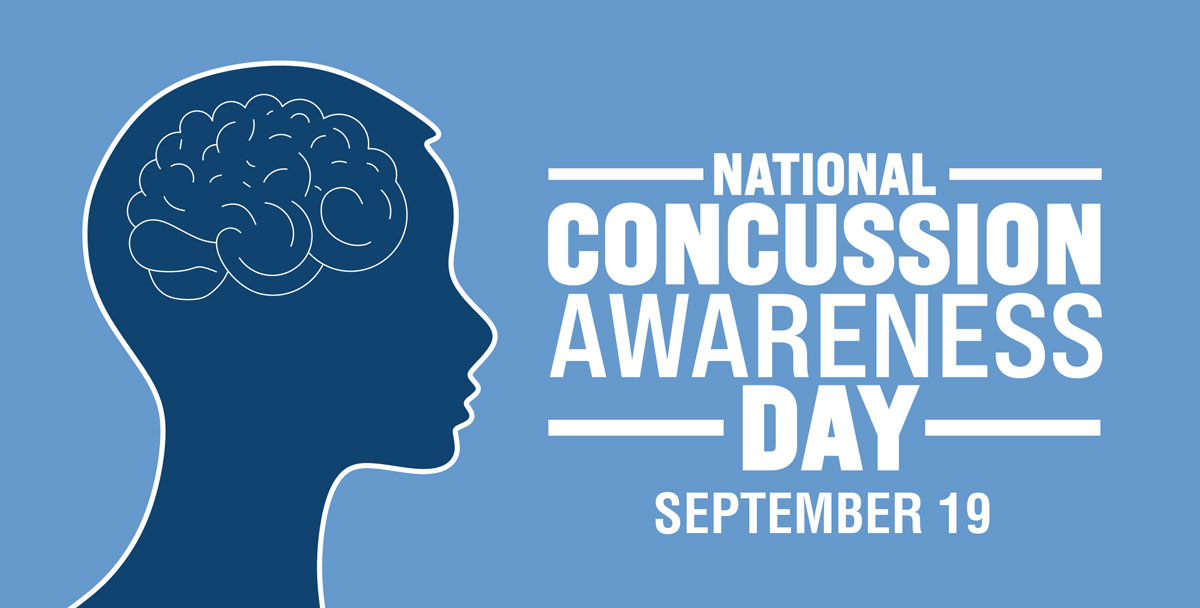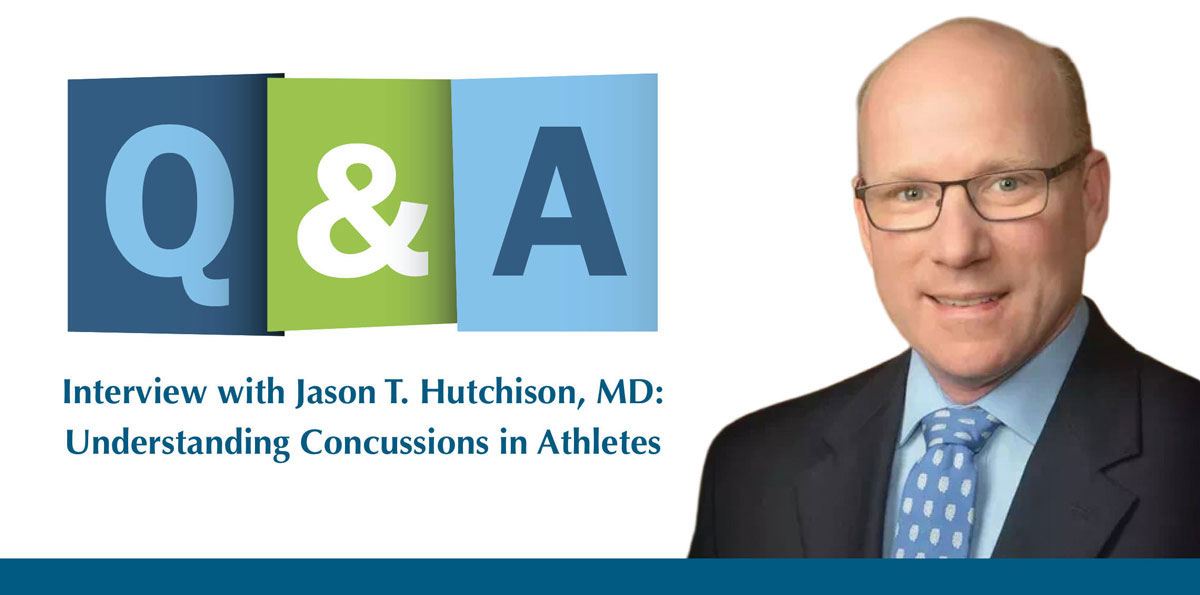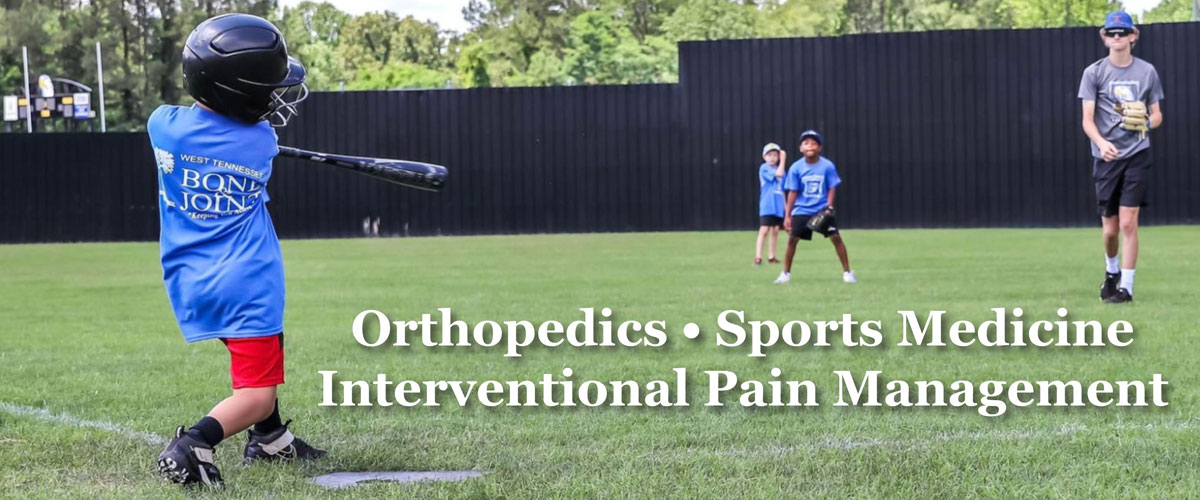 |
 |
|
|
Today is National Concussion Awareness Day. The primary goal is to promote education, awareness, and support for those affected by the injury, which is a form of traumatic brain injury. It’s a significant issue for athletes. Up to 3.8 million sports-related concussions occur in the U.S. each year, and the CDC estimates that 5 to 10 percent of athletes will experience a concussion in any given sports season. Below is an interview with Jason T. Hutchison, M.D., where he describes concussions, their symptoms, and what to do if an athlete suffers one. |
|
 |
|
|
Q: How common are concussions? Dr. Hutchison: Concussions are one of the most common sports-related injuries. In the U.S., it’s estimated that up to 3.8 million sports and recreation-related concussions occur each year. They are especially common in contact sports such as football, soccer, hockey, and basketball. Q: What are the symptoms of a concussion? Dr. Hutchison: Symptoms can appear right away or develop over hours to days. Common signs include confusion, difficulty concentrating, or memory problems; feeling sluggish, foggy, or unusually irritable; headache or pressure in the head; dizziness or balance problems; blurred or double vision; and sensitivity to light or noise. Q: What should coaches or parents do if they suspect an athlete has suffered a concussion? Dr. Hutchison: The most important step is to remove the athlete from play immediately — “when in doubt, sit them out.” Do not allow the athlete to return to play the same day. Arrange for a medical evaluation by a qualified healthcare professional, monitor closely for worsening symptoms, and notify the athletic trainer or medical staff if available. Q: When should an athlete go to the hospital? Dr. Hutchison: Emergency care should be sought if the athlete experiences repeated vomiting, seizures, worsening or severe headache, slurred speech, weakness or numbness, coordination problems, increasing confusion, unusual behavior, or a loss of consciousness lasting more than a minute. Q: How long should athletes wait until returning to play? Dr. Hutchison: Return-to-play should always be gradual and guided by a healthcare professional. Athletes must be symptom-free both at rest and with physical activity before resuming full competition. Returning too soon increases the risk of a second, more serious brain injury. At minimum, if symptoms resolve quickly and do not return, the earliest an athlete can safely return is seven days. Q: Are there long-term effects of suffering from multiple concussions? Dr. Hutchison: Yes. Repeated concussions can result in longer recovery times, chronic headaches, cognitive difficulties, mood or behavioral changes such as depression, irritability, or anxiety, and in some athletes—such as football players and boxers—an increased risk of chronic traumatic encephalopathy (CTE). In some cases, a second concussion in the same season may mean the athlete is not cleared to return until the following season or year. Q: What can athletes do to avoid a concussion? Dr. Hutchison: While concussions can’t always be prevented, there are steps athletes can take to reduce the risk. These include wearing properly fitted, sport-appropriate protective equipment such as helmets; learning and practicing safe techniques—for example, proper tackling form in football; following the rules of play; and avoiding dangerous or reckless behavior. Building strong neck and core muscles may also help absorb impact. Additional measures include using guardian caps in football practice, soft helmets or lighter balls for headers in soccer (especially for female athletes), and, most importantly, not engaging in any sporting activity while still experiencing concussion symptoms.
|
|
 |
|
West Tennessee Bone & Joint Institute is one of the region’s most highly respected practices for orthopedic and musculoskeletal injuries, sports medicine, interventional pain management, and hand injuries and disorders. We offer our services at convenient locations throughout West Tennessee. 888-661-9825 | wtbjc.com |